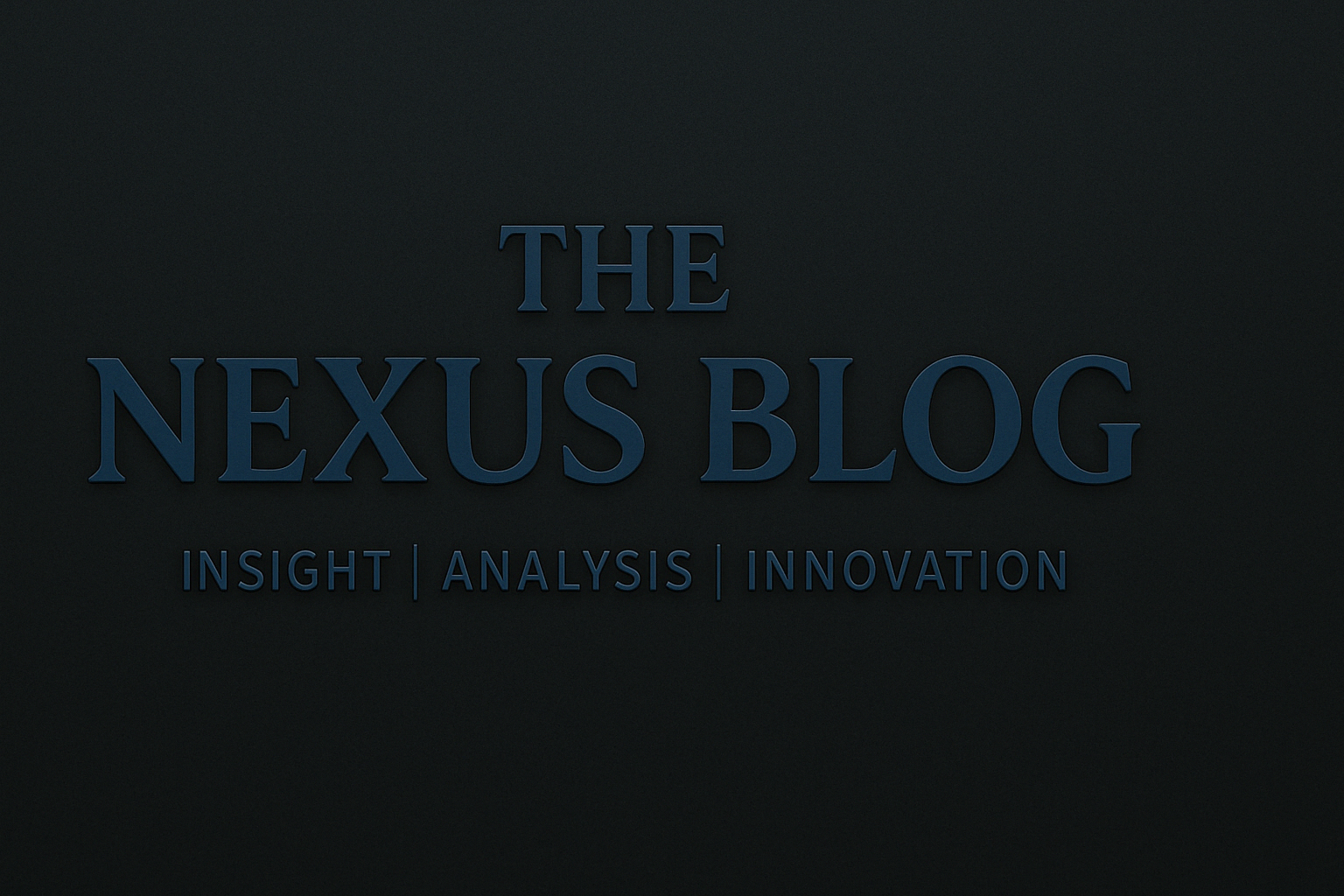Shadows of Innovation and Power: Intelligence Transformation Beneath the Threshold
04/26/25
In the evolving landscape of national security, two vital threads are reshaping how we understand power beneath the threshold of war: the innovation of intelligence organizations and the strategic convergence of covert action, organized crime, and irregular warfare.
Drawing on the latest studies by Sebastiaan Rietjens, Rob Sinterniklaas, and Stephen Coulthart , alongside Magda Long’s examination of state-organized criminal alliances , we observe a critical nexus where adaptation, secrecy, and innovation intersect. This confluence challenges conventional notions of statecraft and forces a rethinking of intelligence’s role — not merely in collection and analysis, but in active shaping of the international environment through unconventional means.
⸻
Intelligence Innovation: Beyond Technology
For decades, technological advancement was viewed as the sole engine of intelligence transformation. Yet Rietjens et al. argue innovation within intelligence services is far broader , comprising:
• Vision and Strategy: A clearly articulated innovation roadmap — still a rare commodity among traditionally secretive agencies.
• Organizational Intelligence: Adapting through not just learning faster, but learning differently — embracing open-source intelligence (OSINT) and new operational paradigms.
• Creativity and Culture: Breaking free from bureaucratic inertia, encouraging “skunk works” initiatives like CIA Labs, and incentivizing internal idea generation.
Intelligence organizations must balance operational reliability with calculated risk-taking — cultivating what organizational scholars call ambidexterity — to survive a future where traditional information dominance is no longer assured.
⸻
Covert Action in the Shadows: Crime as Statecraft
Meanwhile, Magda Long’s exploration of Serbia under Milosevic and Russia’s hybrid operations in Ukraine reveals another alarming transformation: the weaponization of organized crime .
• Milosevic’s Serbia pioneered the integration of paramilitaries and criminal networks into national security operations, using figures like Arkan’s Tigers to achieve strategic goals under a veneer of deniability.
• Putin’s Russia perfected this model with Wagner Group and a broader “mobilization state” philosophy, fusing private military contractors (PMCs), criminal syndicates, and intelligence services into a seamless hybrid force.
These alliances exploit a fundamental vulnerability: the blurred lines between state and non-state actors, crime and governance, war and peace. States now project power asymmetrically, operating below the traditional threshold of armed conflict — deniable, decentralized, yet deeply destabilizing.
⸻
Strategic Implications: Innovation and Adaptation
Both trends — innovation within intelligence and the hybridization of covert action — expose serious gaps in Western strategic posture:
• Organizational rigidity: U.S. and allied services remain hampered by bureaucratic silos that divide law enforcement, military, and intelligence responsibilities.
• Moral ambiguity: As adversaries abandon traditional norms, democratic states must grapple with ethical dilemmas about engagement in the “gray zone.”
• Underutilized innovation: Without aggressive adaptation, Western intelligence risks becoming predictable, slow, and unable to keep pace with adversaries’ improvisational strategies.
In short, survival in the 21st-century security environment demands not just better technology or more resources — it requires a transformation in mindset, strategy, and organizational culture.
The shadows beneath the threshold are lengthening. Whether intelligence organizations can evolve fast enough — and whether they are prepared to confront states who wield criminal enterprises as covert extensions of their national will — may well define the next era of international conflict.
At The Security Nexus, we don’t just follow change — we decode it. Stay informed. Stay ahead.

